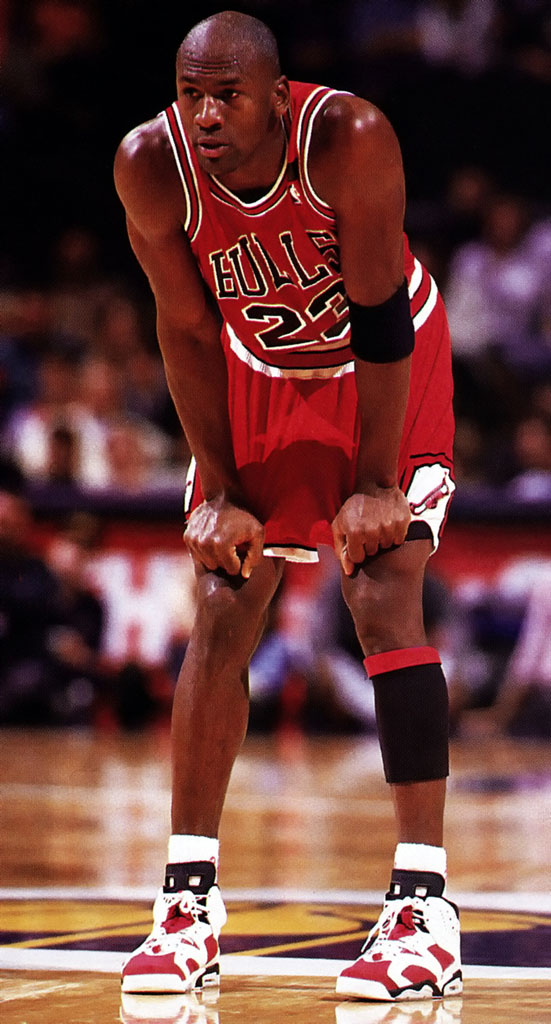BASIC Speech Outline
- Introduction
- Attention getter: Picture this: It’s sunday night at Chargers Stadium, 49s vs Chargers. The crowd’s attention is fixated on the waving American flag. A voice begins to sing our national anthem as Colin Kaepernick finalizes his decision. He takes a knee, using his platform to speak out against police brutality, and his life changes forever.
- Topic: When Nike needed a partner for their ad campaign in September of 2018, they chose Kaepernick. The campaign centered around the quote “believe in something, even if it means sacrificing everything.” This line was emblazoned on a billboard with Kaepernick’s face behind it. This billboard hanging in New York City is my civic artifact.
- HOOK: This billboard asks something of us, speaking directly to everyone that reads it, demanding that we take action now.
- Establishing credibility: I chose Kaepernick’s ad with Nike because of the intense media coverage it received. Upon its release, it sparked outrage amongst American citizens, becoming the most talked about topic in the country.
- Thesis: This civic artifact makes us question the notion of sacrifice, asking us if we’re willing to take a stand for what we believe in, regardless of the cost.
- Preview: Today, I will be examining the ad’s message through its appeals to ethos and logos, its expert use of kairos, and the overarching theme of (the greek word for selflessness. Sorry I forgot)
Transition
- Body — Ethos and Logos
subpoint 1 – The ad appeals directly to ethos by questioning the strength of our values as human beings. It tests our morals. It heavily uses logos simply through the context of the ad. It emboldens us, manipulating tragedy into a rallying cry that hits directly at our emotions.
subpoint 2 – In doing so, it makes people pay attention to the ad because they are now directly involved.
subpoint 3 – With such a potent message, it serves as a rallying cry against the issues facing us today. Having an enraptured audience boosts its rhetorical value.
Transition
III. Body — Kairos
subpoint 1 – The ad would have almost no effect without the use of kairos. Nike released the ad at the perfect time.Gun control activism and the Black Rights Matter movement were at their peaks. Police brutality was all over the news and widely recognized as a national crisis.
subpoint 2 – Having waited until the issues were already relevant, their message carried a much stronger meaning.
subpoint 3 – Kairos allowed for the ad to receive much more attention and garner a wider audience.
Transition
- Body — Selflessness
subpoint 1 – The ad forces us to think outside of ourselves for the greater good.
subpoint 2 – By playing on the theme of police brutality, the ad enforces that we are honoring those that we’ve lost by taking a stand against these injustices.
subpoint 3 – We’ll get back to this
Transition
- Conclusion: I’m gonna be honest, I have to write this speech first before I’ll have any idea how to properly conclude it.
- Clear signal of ending
- Recap of conclusions made in points
- End with a BANG: that’s a surprise
